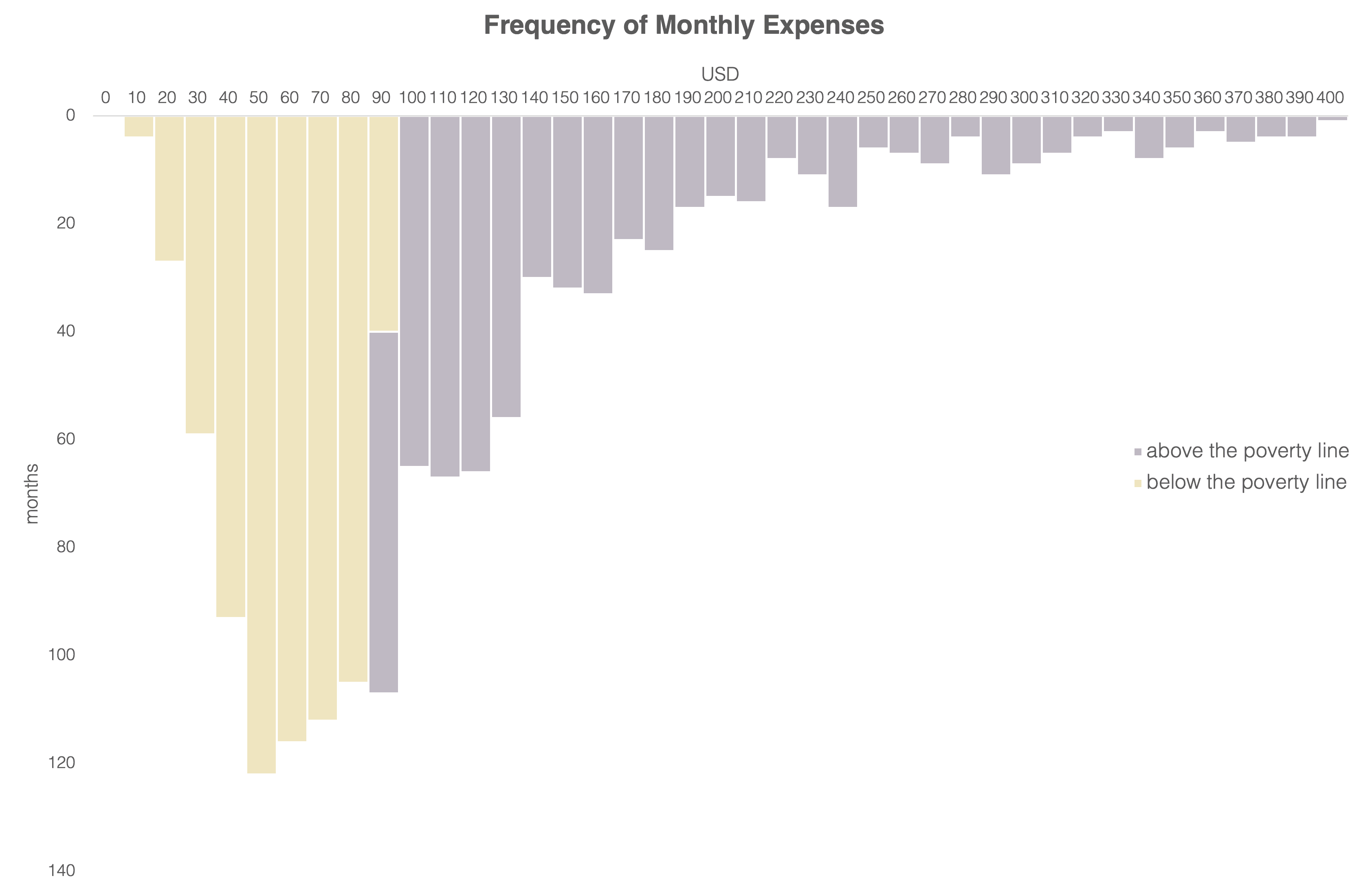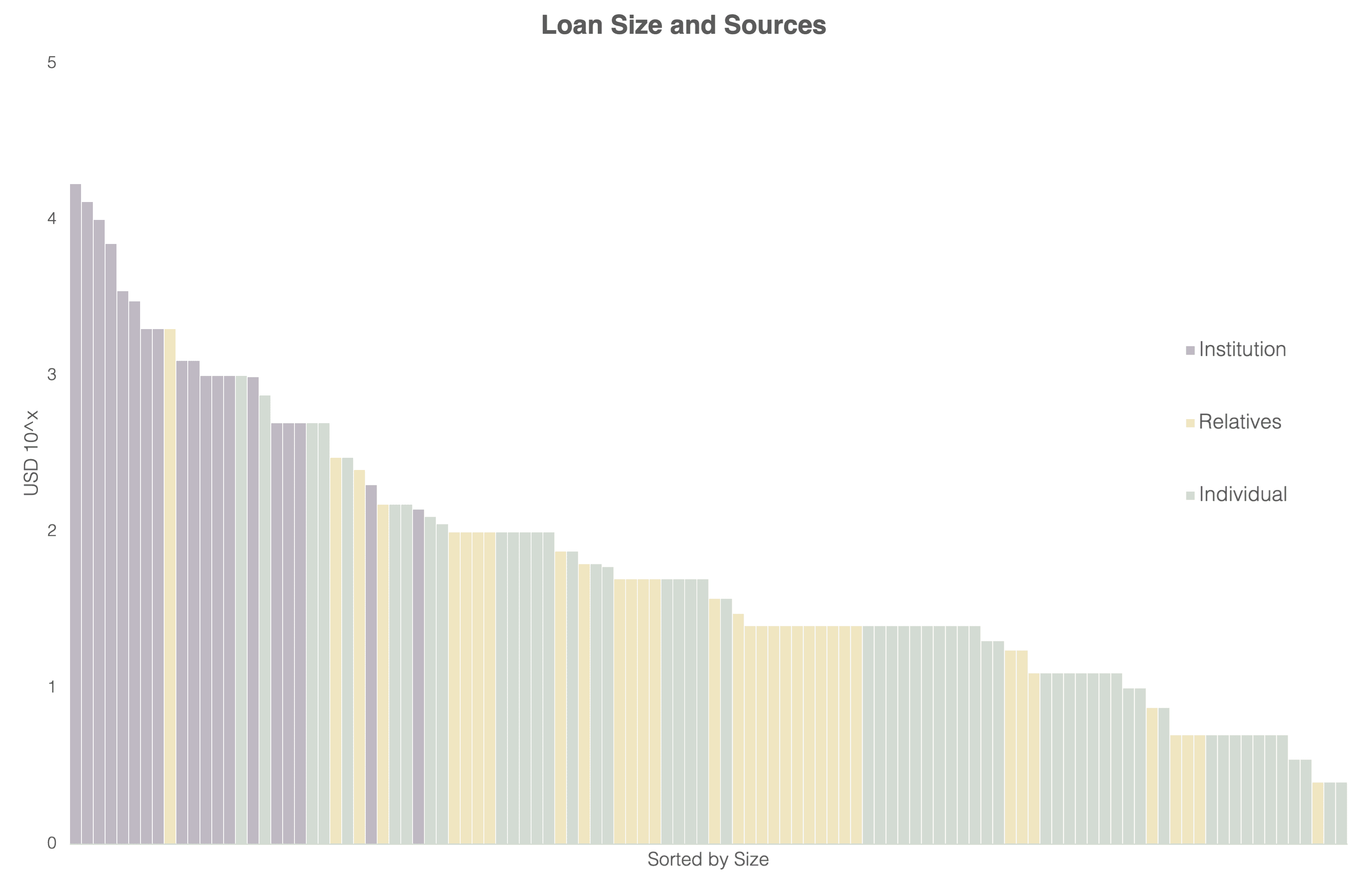Over the past decade, the rise of impact investing has been accompanied by the rise of the term impact measurement. Sir Ronald Cohen, one of the most prominent pioneers of impact investing, has been particularly influential in this area.
For investors, impact measurement makes sense and is important to do. As proponents of impact measurement say, standardised impact measures enable resources to be allocated to the most effective enterprises, and can help to grow the sector by attracting increasing numbers of socially conscious investors.
When it comes to service providers, however, I’ve found that the motivation to measure impact is often externally focused, and I think this has to do with the fact that the push for impact measurement has largely been led by investors. Many frontline service providers see impact measurement’s primary benefit as supporting marketing and fundraising, to the extent that organisations often assign the same team member to both marketing and impact measurement. Impact measurement tends to be seen as, at best, a nice-to-have, and, at worst, an expensive imposition.
Nonetheless, there are really good reasons for service providers to measure their impact— reasons that are more about building better businesses than about demonstrating results to external stakeholders. It’s simply that the prevalent framing of impact measurement isn’t helping people to see this— and impact cannot begin to be meaningfully measured without a genuine commitment from service providers.
If impact measurement is to be valued by service providers, then it needs to be framed in a way that serves their needs. I don’t think the value proposition of impact measurement for service providers ought to be about gathering sufficiently impressive numbers, or even necessarily about measuring long-term, sustained impact1, as such.What can make impact measurement truly valuable for service providers is the way it facilitates learning— learning about the people we work with and the role our services play in their lives, learning about the gaps between our assumptions and reality, and learning about how we can bring our theories of change and our actions ever closer to the reality of clients’ lives.
I’ve found, however, that the use of impact measurement for practical learning can be hampered by the perception that service providers need to be collecting standardised, comparable data on impact (as opposed to outcomes) for the benefit of external stakeholders. This perception can encourage:
- A bias towards measuring positive impact
- A preference for a static set of indicators rather than a dynamic and evolving set
- A view that impact happens so far in the future that young organisations cannot measure it, short feedback loops cannot be built around it, and that impact measurement therefore has no bearing on what an organisation does today or tomorrow
At least initially, prioritising learning in impact measurement could mean sacrificing some of the sacred cows of existing systems and frameworks, such as a focus on standardisation or on long-term, rigorously verifiable impact. It’s not that these things aren’t important— but that impact measurement which is of practical use to service providers is not high-level or long-term, but rather specific, dynamic, and of immediate relevance.
Given enough time to bed in, an organisation might pursue all these things at once. But getting impact measurement off the ground within the limited resources of frontline service providers means prioritising usefulness, and prioritising usefulness could mean sacrificing high-level, comparable data for depth of understanding in a specific area. It might mean giving up a comprehensive, standardised set of measures in favour of a dynamic set of metrics that evolves as we learn. At least at first, it might mean focusing on more directly attributable outcomes rather than wider or longer-term impact.
For an enterprise with social goals, its degree of commitment to impact measurement can be seen as a proxy for the value it places on learning and innovation. While a commitment to learning or lack thereof might not make or break an organisation in the next six, or even twelve, months, it will ultimately be essential to the medium and long-term survival and flourishing of the organisation.
Having encountered the above tensions and trade-offs a fair few times now, I thought it would be worth nailing my colours to the mast and sharing my rules of thumb in designing practical impact measures at Gojo, in the form of a manifesto.
I’d love to hear from colleagues in the sector about whether these ideas resonate with you.
An Impact Measurement manifesto for service providers (inspired by the Agile Manifesto)
We value:
Quality over quantity
Learning over marketing
Long-term relationship over short-term benefit
Building on existing data and processes over introducing something entirely new
Starting with small, immediate outcomes now before gathering comprehensive data on long-term impact later
While we believe in the need to balance the things on the left with the things on the right, we value the things on the left more and will put them first.
Further reading
The Social Performance Task Force’s Outcomes Working Group is doing a great job of creating practical, useful guidelines for service providers. For further reading, I’d recommend their Case for Outcomes Management and Guidelines on Outcomes Management.
Cheriel leads impact measurement at Gojo. She is currently working on implementing impact measures in Gojo's partner companies and planning a financial diaries project.
























